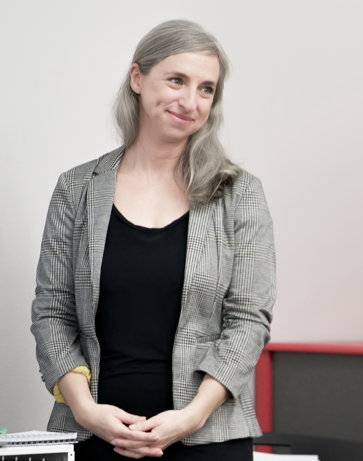I try to stay open to noticing new patterns or opportunities to change my thinking. Lately, I’ve observed a trend of realizing the value in sometimes trying the opposite of original instincts.
Anyone experienced with communication planning or data-driven optimization is used to considering how to refine strategy with incremental changes. But what if we are too used to making small tweaks and completely missing more valuable possibilities?
Now when considering pros or cons of particular choices, I’m trying to consider if an *opposite* (not just alternative) choice might actually be better.
Just because there is a logical reason to do something, doesn’t mean there isn’t a BETTER reason to do the opposite.
Opposite examples
- At the Content Metrics presentation that Neal Kaplan and I shared at LavaCon 2018, an attendee said their testing showed that *removing* certain text prompts for return visitors improved their success metrics.
- A colleague called out that the biggest value of measuring ticket deflection doesn’t come from the rate increase (success rate), but in analyzing how it *failed* for actionable insights to improve your product/process/content.
- Another colleague called out a customer interaction point that we created to increase communication and that *preventing* the need for the interaction altogether would be better for the customer.
Argue against your assumptions
Identifying assumptions is an important part of continuous improvement in business and life. It’s why we benefit from cross-functional collaboration and ask strategic questions. When it comes to fine-tuning to improve outcomes, we must be wary of our our confirmation bias:
Confirmation bias is the tendency to search for, interpret, favor, and recall information in a way that confirms or strengthens one’s prior personal beliefs or hypotheses
https://en.wikipedia.org/wiki/Confirmation_bias
Recognizing confirmation bias in action takes deliberate effort. The trigger I’ve set for myself is to notice when I am continually making adjustments to improve a desired outcome. Frustration over a lack of intended results could be a signal to consider an opposite approach.
I hope that, with practice, I’ll be able to identify even more subtle triggers to notice when an opposite action is the best choice.


No Comments